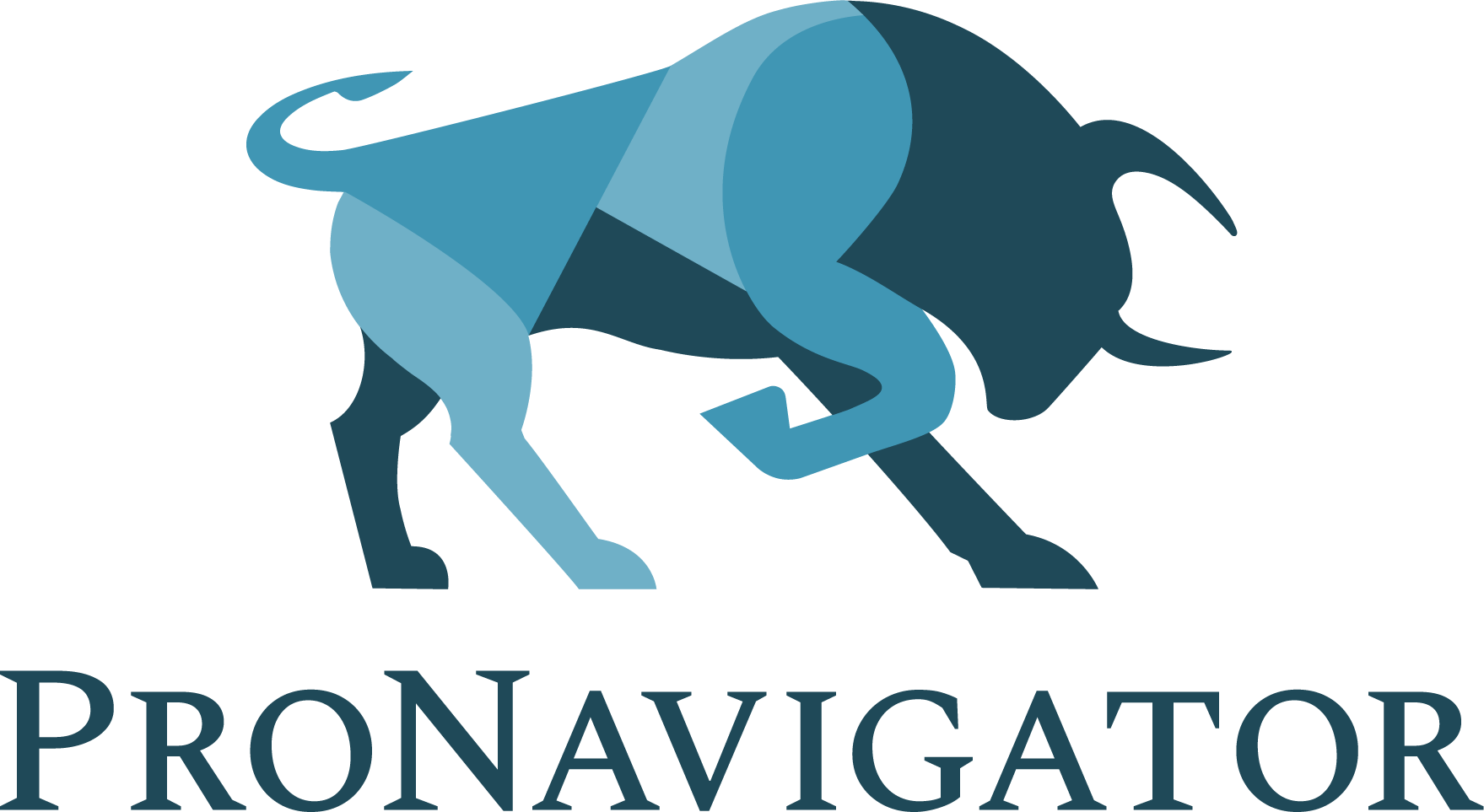Knowledge on Mute: How WFH Makes Your Company Forget What It Knows
“My cat is now my official productivity consultant. He stares disapprovingly at me whenever I take a break, which is surprisingly effective.” – Anonymous Work From Home Employee
2020 was such a remarkable and noteworthy year in history, especially for businesses and their employees. Many businesses found out that they can remain at near peak productivity with their employees working from home (WFH), while many others found out that they cannot. It also added wrinkles to issues around the security of intellectual property. How can companies safeguard and protect their systems from attack when security needs to be deployed across the internet for all employees while they are at home? There is another new risk for companies that they may not be aware is occurring due to WFH, and that is an acceleration in the loss of institutional knowledge.
In my prior article, I went into more detail about what institutional knowledge is and where it resides (it is documented somewhere or it resides in someone’s head and is undocumented). In an office environment, it is very common for employees to talk with each other. This is called the Water Cooler Phenomenon and while many employers have looked at this disapprovingly over the years, many more progressive employers see the Water Cooler Phenomenon as a vital part of the knowledge economy. This is where many employees will noodle over ideas, and due to the informality of the process, many creators credit this informal process in ideation.
 With the Water Cooler Phenomenon, while the conversations are not being recorded/documented, there is at least a shot of documentation. There is note-taking, there are often pictures of whiteboards etc. So we still have a knowledge management issue…but WFH adds kerosene to the fire of that problem.
With the Water Cooler Phenomenon, while the conversations are not being recorded/documented, there is at least a shot of documentation. There is note-taking, there are often pictures of whiteboards etc. So we still have a knowledge management issue…but WFH adds kerosene to the fire of that problem.
One very common complaint you hear about WFH is the obvious loss of the Water Cooler Phenomenon. We are still seeing office buildings half-empty in many major cities. Employees are just not seeing each other as much as they used to. There are many fewer chances for employees to bump into one another at a water cooler, or at lunch and discuss issues in a less formal way. These opportunities to bump into one another is often where serendipitous ideation comes from. It’s also where employees learn about which Greta, from which department they need to speak to, to get an answer on a problem they are running into. I alluded to some of the issues that have arisen from WFH in my first Insurance Nerds article (recall the underwriting guidelines being sent around by text message!!!). WFH has so many benefits, but the loss of collaboration is a major drawback. And it’s this loss of collaboration that makes knowledge management much more difficult than it was even 5 years ago. We have lots of technology, almost an embarrassment of riches when it comes to the technologies that we have and the options afforded to us. But that is creating a crisis for knowledge management. Too much information, scattered over too many places, much of it undocumented causing frustration with employees to execute their daily tasks because it is taking too long for them to find the information they need without massive friction. Technologically, we have adapted to work from home, but culturally, our productivity has been further impacted.
SETTING THE CULTURE
Setting the culture to overcome the issues I have described needs to be part of your strategic vision for your company. Companies that can address knowledge management and execute the plan(s) to address it will have a competitive edge in the marketplace. Because knowledge management is at strategic level importance for your businesses, I will be giving it proper scope over time, but I wanted to end this piece with some small examples that would be considered low hanging fruit that you will find useful in the WFH paradigm:

Too many scheduled video calls – these are the daily standups or weekly team meetings where you begin preparing for them about 10 minutes before the call starts. These are often necessary, but sometimes they are not. Often, folks feel as though they must have these calls even if there are no updates or issues to discuss. A good cultural habit to institute is to create safety to debate whether a meeting needs to happen or not. Organizations need to practice better meeting management around this.
👀 When there are video calls, all attention needs to be on the call – we are all guilty of multi-tasking by checking an email or doing something else during a video call. Think about how rude that is in an office environment during a physical meeting in a conference room! We have accepted this in this WFH paradigm and it is counterproductive to the effectiveness of the video meeting.
📝 Use transcription tools when having video calls – there is a wealth of tools that will not only transcribe a video call, but will create executive summaries, time stamps for different segments of the call, questions that were asked, who spoke and when, the general sentiment of the call and even coaching during the call.
☎️ Lack of unscheduled video calls – Wait, isn’t this contradictory to bullet 1 above? It is not! When we are not on team video calls/meetings, our communication is predominantly centred around email or one of the chatting technologies (Teams, Slack etc). These technologies are marvellous, but like text messaging, we can often overuse them to discuss things that can be resolved with a quick phone call. Our organizations should encourage a “Hey, it will be easier if I video call you”. This can save a lot of time around the annoyance of the endless back and forth via chat. Society has culturally moved away from using the phone, but talking to someone in real time whether audio only or video very often resolves things faster. Oh – and don't forget to turn on your transcription technology!
📹 Make a video describing your issue – We are all busy, so sometimes it is not feasible to get someone on a call right now. So meet them part of the way by making a video that communicates what you need. I did this recently with a stakeholder by making a Loom video of some edits I needed made and it saved both me and my stakeholder valuable time in getting a deadline met. This is a positive cultural standard to set as I will be discussing using video as a way to capture institutional knowledge in future articles.
WFH has created a ton of benefits and a seemingly equal amount of challenges. These are not impossible challenges, but they need to be acknowledged and acted on with deliberation. It is this persistent deliberation that becomes cultural and it is this culture that allows you to execute all of your strategic initiatives.

Joseph D’Souza is a passionate business builder with more than a decade of experience in founding and growing companies. As the founder and CEO of ProNavigator, he's using AI to help insurance professionals win in an on-demand world.





